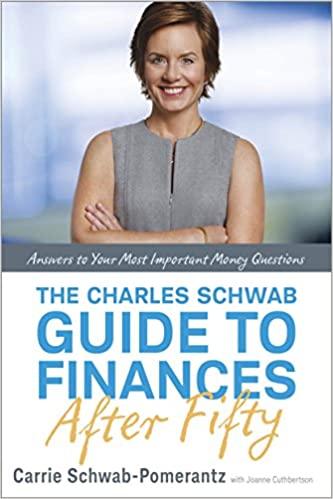Question
1. Your client, Phil, meets with you for an annual review. Phil is particularly interested in discussing taxes, and asks you to help him better
1. Your client, Phil, meets with you for an annual review. Phil is particularly interested in discussing taxes, and asks you to help him better understand income tax deductions and credits that may be available to him. Which statement should you offer to Phil?
a) Income tax credits & deductions can help lower the amount of your gross income that is subject to tax
b) One of the most common tax credits you can earn is by contributing to your RRSP
c) Tax credits offer an equal amount of tax relief regardless of your income or tax bracket
d) Most tax credits are refundable and are applied as a refund if you have no taxes owing
2. On December 1, last year, Gord purchased a $10,000, 5-year investment contract, paying 5% interest compounded annually. While the interest on Gords investment is calculated and compounded annually, it is paid at the end of the 5-year term when the investment matures. What approximate amount of interest income must Gord report this year, relative to this investment?
a) $0
b) $250
c) $333
d) $500
3. Craig and Sandy are married. Craig is in a 35% marginal tax rate, and Sandy is in a 42% marginal tax rate. Last year, Sandy purchased $10,000 of BBS Inc. common shares. Shortly afterward, she gifted the shares to Craig. Craig received $850 in eligible dividends while he held the shares, which he eventually sold at fair market value (FMV) of $11,500. Assume the dividend gross-up rate is 38% for eligible dividends. Which statement properly describes this situation?
a) The total tax consequence to Craig is $673.05
b) Craig must declare $1,173 related to the dividend he received
c) Sandy must pay $315 tax related to the sale of the shares
d) The total tax consequence to Sandy is $0
4. Emma has received a total of $3,200 in eligible dividends this year. She is in a 42% marginal tax rate. Assume a dividend gross-up rate of 38% and a combined federal and provincial dividend tax credit (DTC) of 24%. How much tax must Emma pay in regards to her dividends? Round your answer to nearest cent.
a) $445.13
b) $794.88
c) $1,086.72
d) $1,409.59
Step by Step Solution
There are 3 Steps involved in it
Step: 1

Get Instant Access to Expert-Tailored Solutions
See step-by-step solutions with expert insights and AI powered tools for academic success
Step: 2

Step: 3

Ace Your Homework with AI
Get the answers you need in no time with our AI-driven, step-by-step assistance
Get Started


